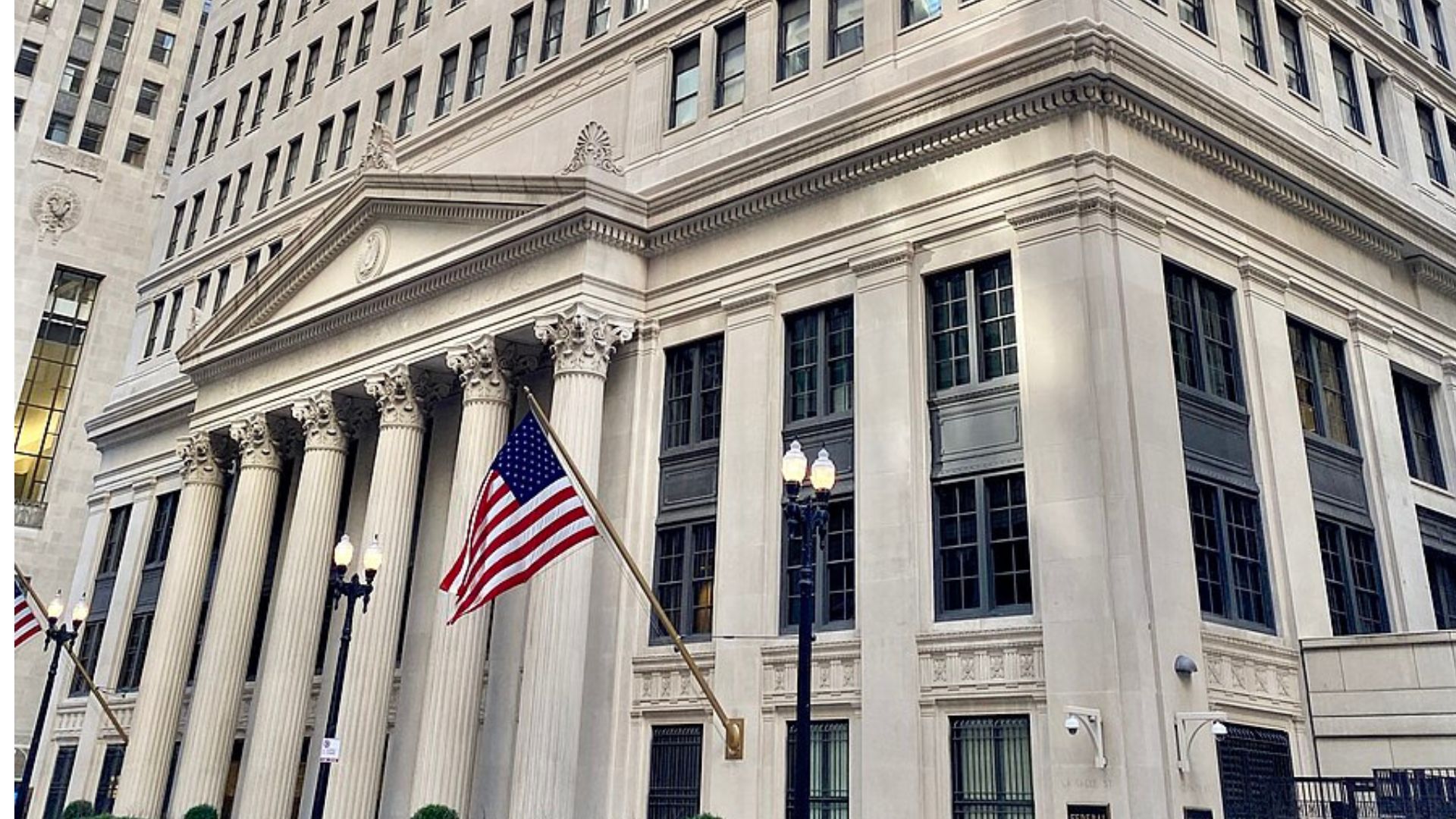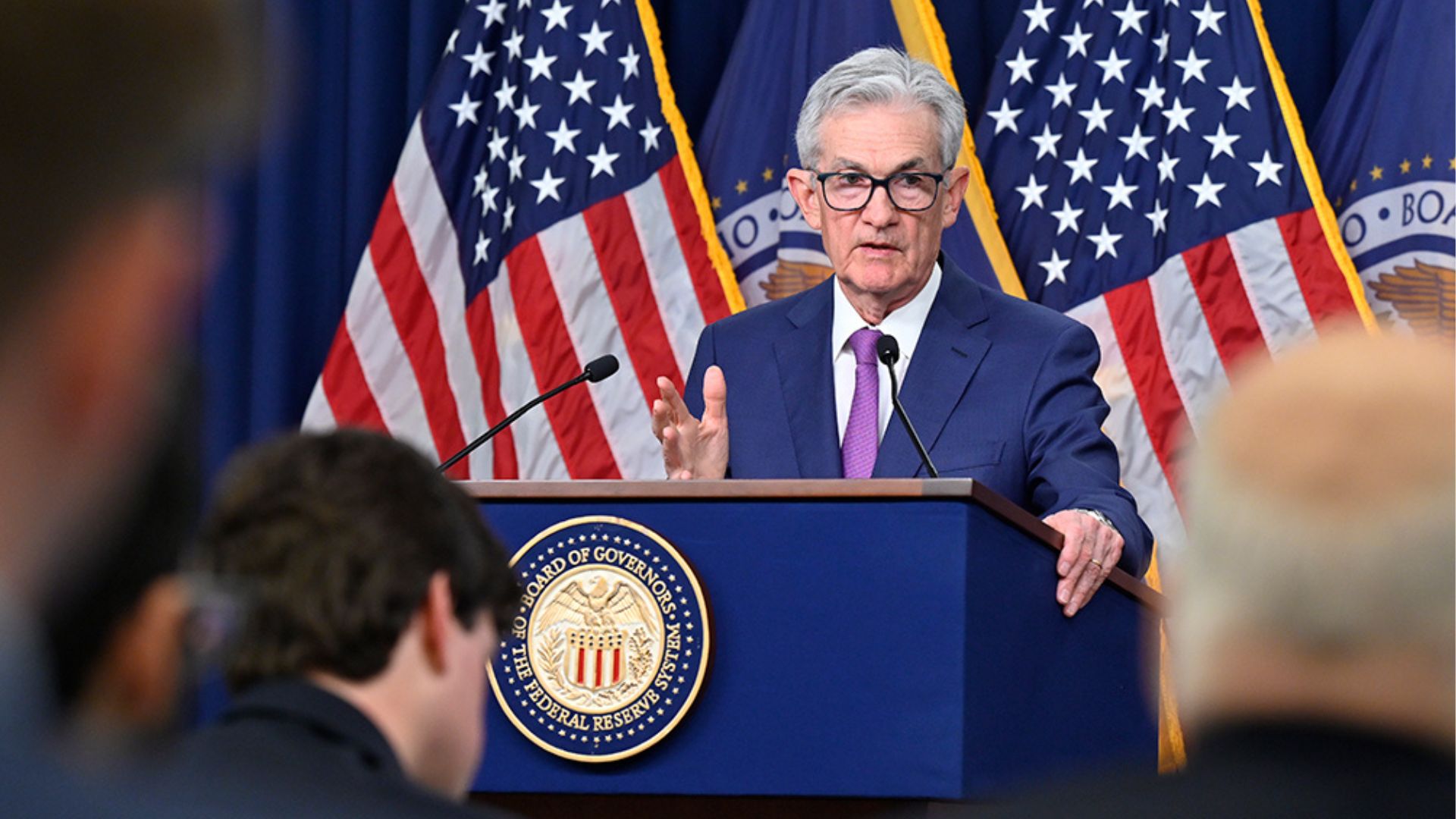This March, the job market in the United States significantly outperformed expectations, with a staggering 303,000 new jobs created, overshooting economists’ predictions of 200,000.
Such robust growth keeps the unemployment rate steady at 3.8%.
Rethinking Monetary Policy After Surprising Job Growth

The considerable job growth seen in March could prompt the Federal Reserve to reevaluate its stance on interest rate adjustments.
Initially, there was speculation about potential rate cuts in 2024, but the combination of a strong job market and ongoing high inflation complicates the forecast, presenting a nuanced challenge in economic policy decision-making.
Healthcare Dominates Job Additions in March

According to data from the Labor Department’s Bureau of Labor Statistics, March’s employment growth was notably led by the healthcare sector, which welcomed 72,000 new roles.
Close behind were significant gains in government, and leisure and hospitality sectors, reflecting the diverse engines driving the U.S. economy’s employment expansion.
A Revival in Leisure and Hospitality

March was a milestone month for the leisure and hospitality sector, which added 49,000 jobs, bouncing back to its employment levels before the pandemic hit.
This comeback story highlights the sector’s resilience and the wider economic rebound from the pandemic’s impacts.
Wages Climb Higher

In March, workers experienced an increase in average hourly earnings, rising by 12 cents to $34.69.
The increase follows a noteworthy rise in January, demonstrating a strong job market that supports wage growth, which is essential for enhancing household income and overall economic prosperity.
Revising Mortgage Rate Expectations

March’s robust job figures have led analysts to recalibrate their expectations regarding the Federal Reserve’s interest rate cuts, which directly impact mortgage rates.
The hope for rate reductions as early as June is now tempered, indicating that mortgage rates might not see a decrease as soon as anticipated. Economist Lisa Sturtevant said, “Some had been hoping that the Federal Reserve would cut interest rates at its June meeting. However, with today’s strong jobs report, it is all but certain that the first rate cut won’t be before July. As a result, mortgage rates are likely going to stay elevated for longer.”
The Federal Reserve’s Balancing Act Against Inflation

The Federal Reserve has embarked on an aggressive campaign of rate hikes—11 in the past two years—to address the highest inflation rates seen in four decades.
Despite these efforts, inflation continues to exceed the Fed’s 2% target into 2024, highlighting the persistent challenge of tempering inflation while promoting sustainable economic growth.
Awaiting Insights from the CPI Report

Set for release on April 10, the consumer price index (CPI) report is highly anticipated for its March inflation insights.
With a forecasted 3.5% annual increase, the upcoming data will critically inform future monetary policy directions.
Immigration’s Positive Impact on Labor

Despite the Federal Reserve’s stringent measures to combat inflation, the labor market has seen a positive impact from increased immigration, enriching the labor force.
However, this has led to financial markets questioning the likelihood of the anticipated three rate cuts by policymakers, given the robust labor supply.
Unemployment Reaches a Historic Low

Maintaining an unemployment rate below 4% for 26 months, the longest stretch since the late 1960s, the U.S. economy continues to outperform its international peers.
Even with the Federal Reserve’s aggressive interest rate hikes to curb inflation, the U.S. economy shines brighter than its global counterparts, buoyed by a steady influx of immigrants enhancing the labor supply.
Solid Employment Boosts Economic Forecasts

Increased work hours and strong payroll numbers in March support predictions for continued economic growth.
The alignment of these figures with both establishment and household surveys reflects the economy’s capacity for sustained expansion, bolstering optimistic forecasts for the first quarter and beyond.
The Job Market’s Promising Outlook

The continued wage growth, with a modest increase in average hourly earnings, reflects a deliberate approach to achieving economic stability.
This gentle upward trend in wages, the slowest since June 2021, aligns with the Federal Reserve’s efforts to balance inflation control with promoting wage growth.
